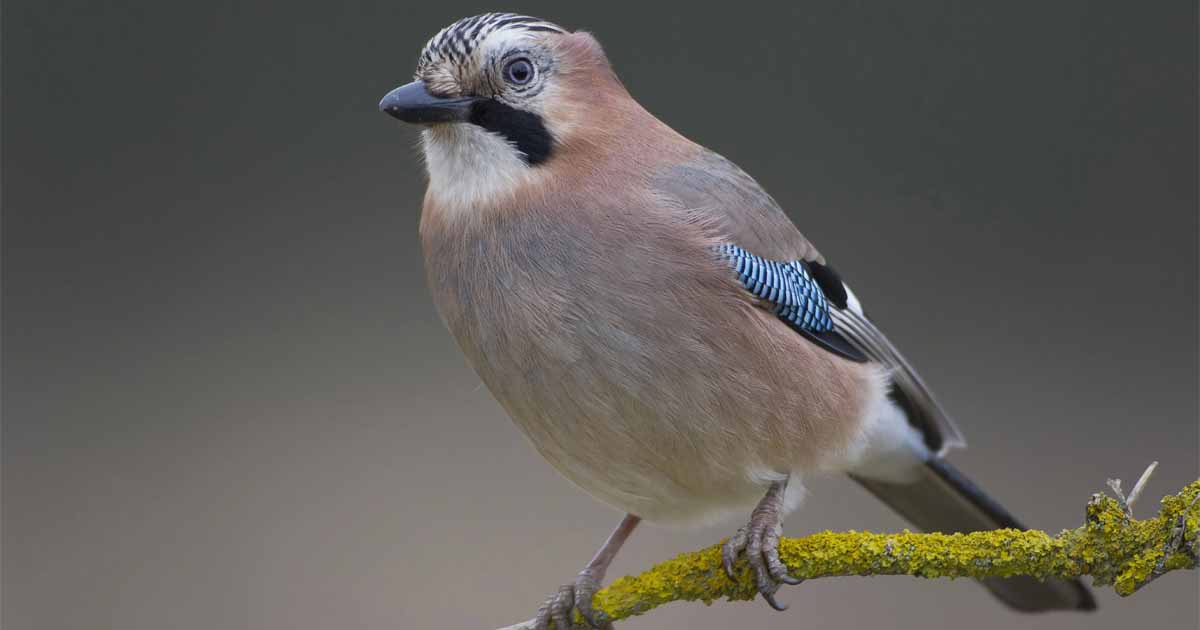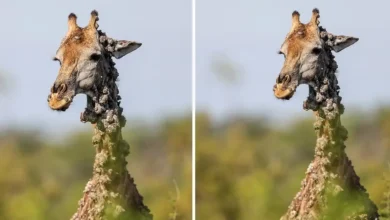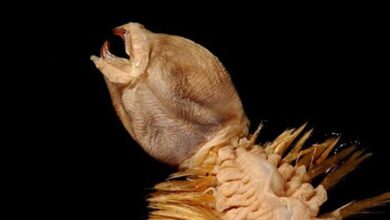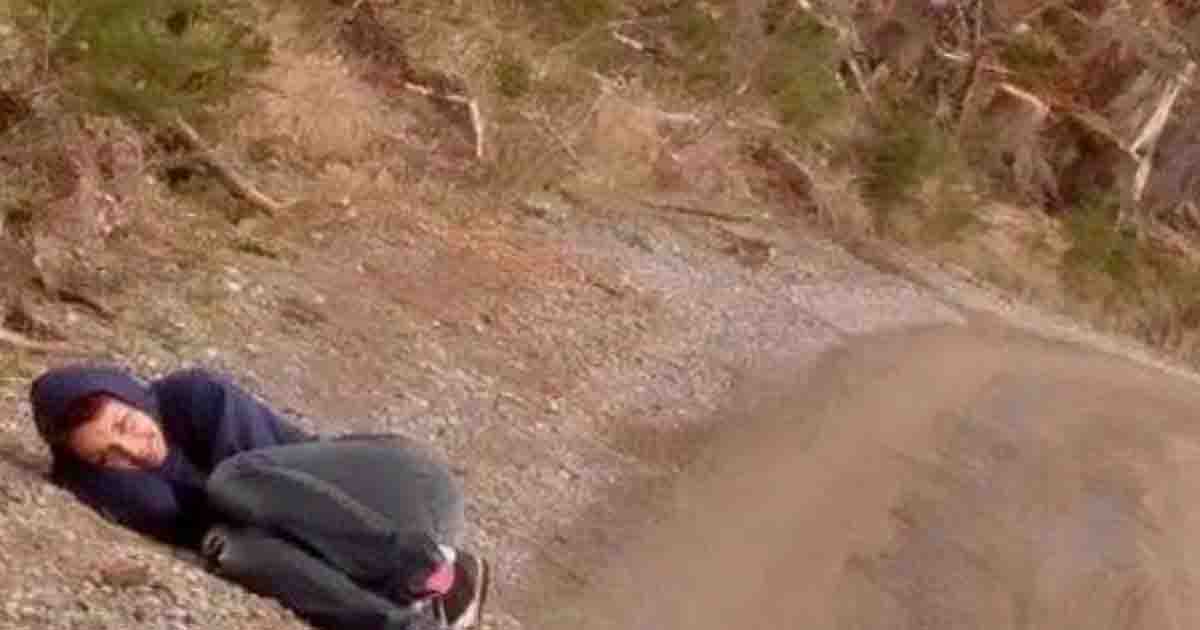Why scientists put “portholes” in cows — and why the practice is stirring debate
This decades-old method helps researchers understand cow digestion, but it’s also raising serious ethical questions.
Some cows have surgical “portholes” in their sides that let scientists study their stomachs. The goal is better animal health and more sustainable farming — but not everyone agrees with the practice.
It might sound like science fiction, but some cows really do have portholes — also known as cannulas — in their stomachs. These small, round openings are fitted with plastic rings and are surgically placed into a cow’s side. They allow scientists and veterinarians to access the cow’s stomach, called the rumen, to observe digestion, collect samples, or transfer gut bacteria to sick animals.
These cows are often called cannulated or fistulated cows. While it may look strange or even disturbing, supporters say the process is done under anesthesia and with care.
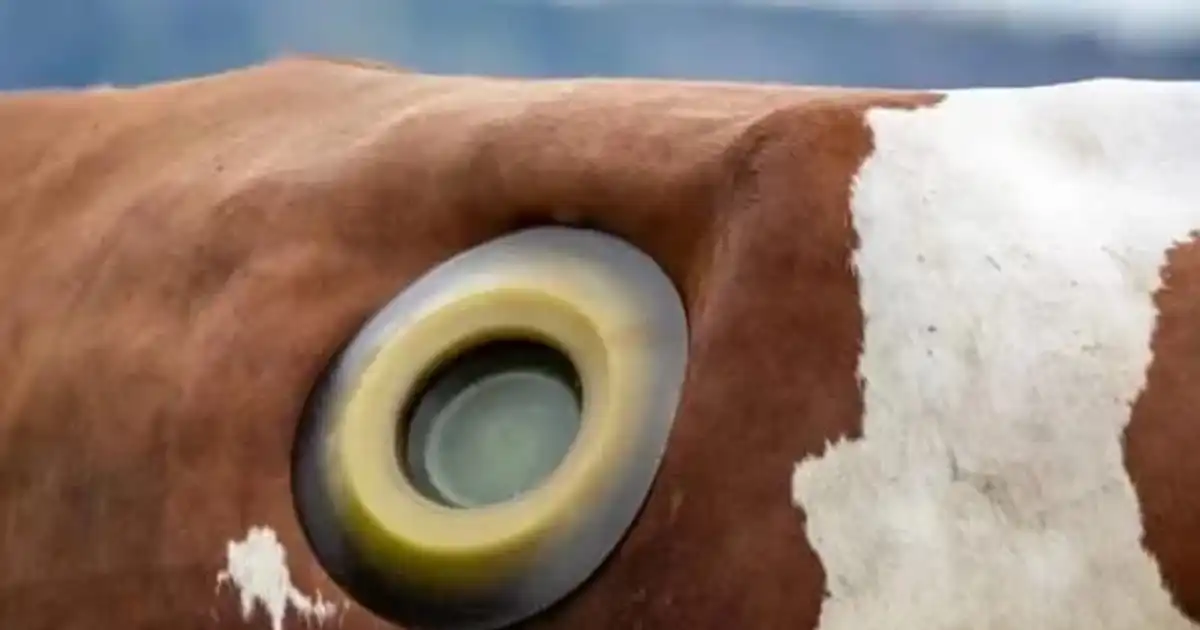
Why do this at all?
The practice began in the 1920s and has been used by researchers ever since to understand how cows digest food. By watching the digestive process in real-time, scientists can test how different feeds affect a cow’s health, milk production, and even its methane output — a major contributor to climate change.
This research has helped develop healthier diets for cows, which in turn can mean cleaner milk, fewer antibiotics, and a smaller environmental footprint. According to some experts, the cows recover well after surgery and can live up to 15 years with the device.
Before the operation, the cow fasts for 24 hours. During the procedure, the cow is awake but given local anesthesia to numb the area. A veterinarian cuts through the skin and muscle to insert the rubber ring that forms the porthole. Recovery can take several weeks.
Although invasive, the goal is to limit pain and allow long-term access without needing repeated surgeries.
Ethical concerns- “Cruel and unnecessary”?
Not everyone thinks this is a good idea.
Animal rights groups like PETA and L214 in France say the procedure is painful, unnatural, and mainly benefits the meat and dairy industries, not the cows themselves. They argue it turns animals into tools, not living beings. Videos showing people reaching into a cow’s stomach through the porthole have caused public outcry.
L214 stated: “Instead of stopping this cycle, we are always pushing further. It is high time to question this unfair system.”

Are there better alternatives?
With modern technology, scientists are now exploring less invasive ways to study cow digestion. Some use computer simulations of the cow’s gut. Others, especially in Europe, use long tubes with filters that are passed down the throat to collect stomach fluid. This method avoids surgery but isn’t always as effective.
Still, many say it’s a step in the right direction.
In places like North America, cows with portholes are sometimes shown at agricultural fairs. Visitors can watch and even touch the cow’s stomach contents. These events are meant to teach people about science and farming, but they’ve also sparked protests from animal advocates who see it as exploitation.
One use of these cows that’s gained attention is transfaunation — a process where healthy stomach microbes are transferred to a sick cow to help its digestion recover. Think of it like a gut health reboot.
At the heart of the debate is a bigger question: Should we accept invasive procedures on animals if it leads to scientific progress and more sustainable farming? Or should animal welfare always come first, no matter the benefits?
While cannulated cows have helped improve dairy practices and reduce environmental harm, the public is becoming more aware — and more uncomfortable — with what goes on behind the scenes in industrial farming.
The story of cow portholes highlights the ongoing tension between science and ethics. It forces us to ask: Are we doing enough to protect animals while advancing our food systems? Or are we pushing too far in the name of progress?
As technology evolves, so do our values. Perhaps the next step is finding a middle ground — one that respects both the needs of research and the rights of animals.
What’s your take? Should cow portholes be banned, or are they a necessary tool in modern agriculture?
